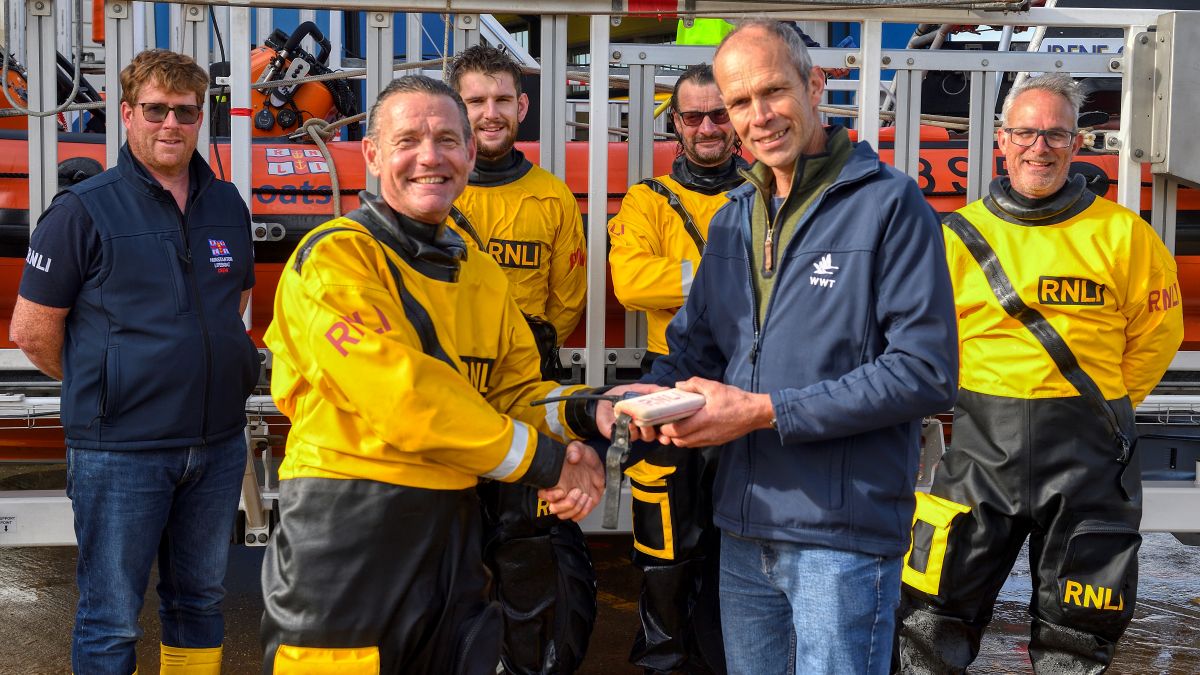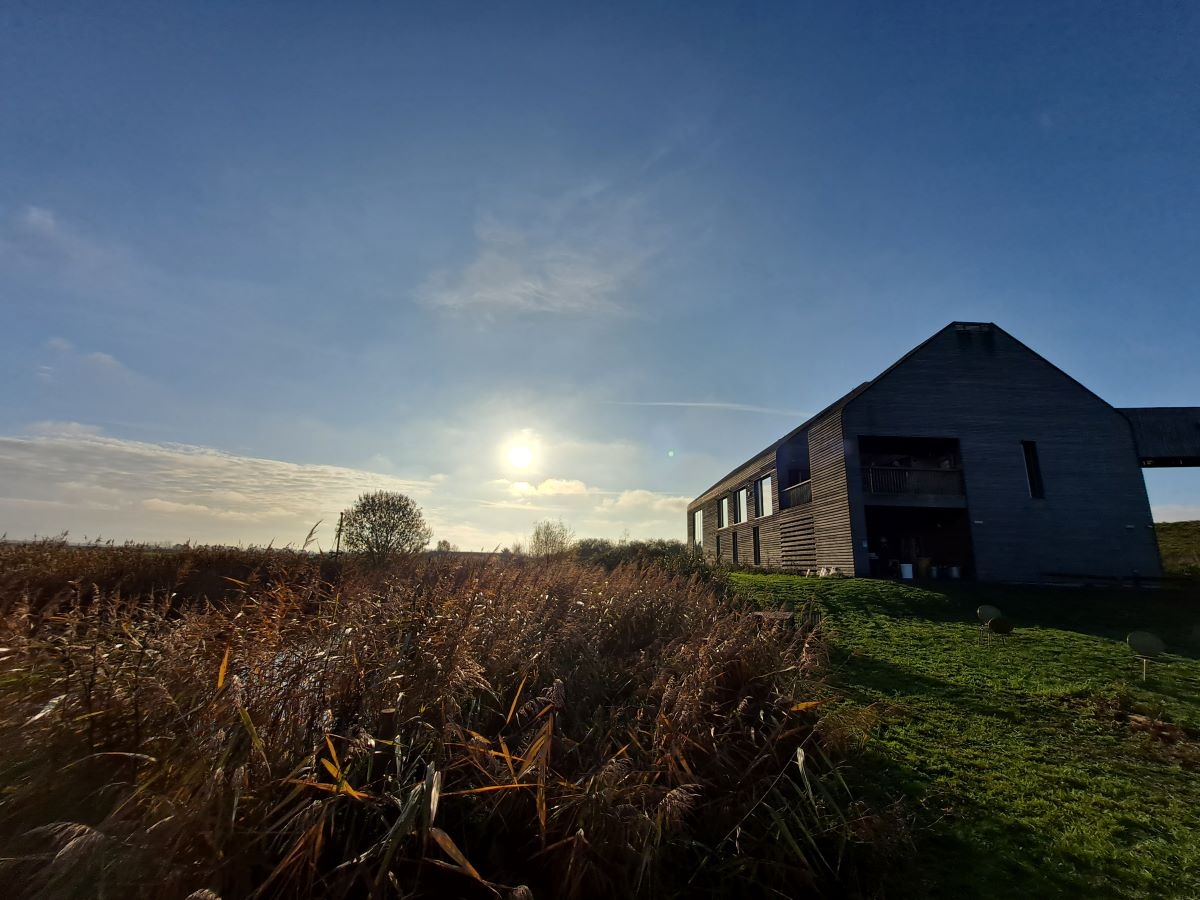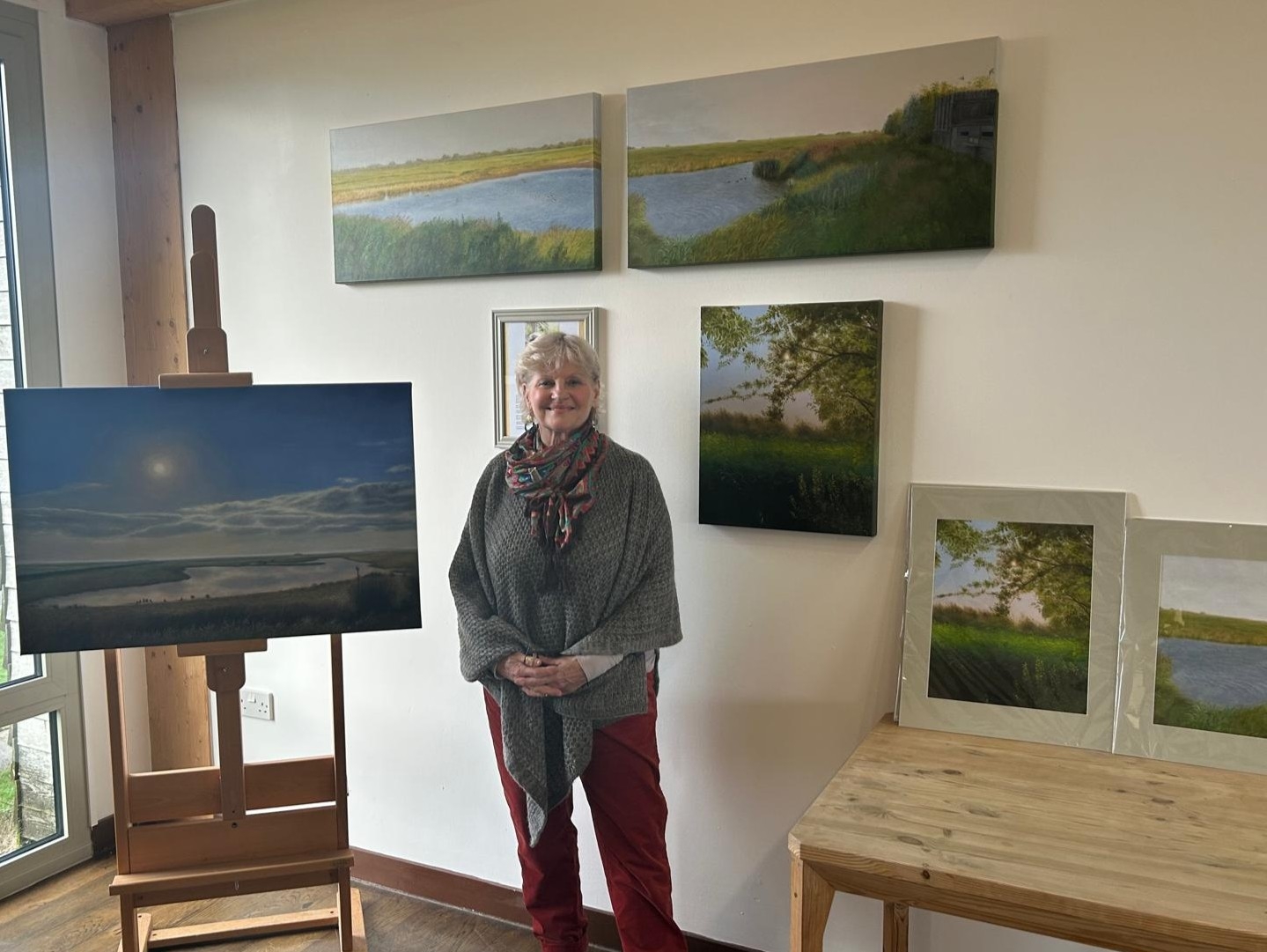Owls at Welney
Owls are a sought after sighting for many of us, not just keen birdwatchers. At Welney the owls are a fantastic addition to the winter wetland experience.

Owls are such sought-after birds, people long to see them, can remember their first sighting of one, or never tire of seeing them. A far cry from the many historical associations as harbingers of bad luck, ill health and even death, in the present day we seem to have more of a fascination for owls. Their nocturnal, solitary way of life can greatly reduce the chances of encountering these birds, making us think of them as even more mystical and intriguing, if that is possible.
Barn owls

Being in the heart of the Fens, Welney is in the prime location for barn owls. The habitat within our wetlands, as well as the surrounding landscape, provides an ideal home for this species throughout the year. Although they are mostly nocturnal hunters, spells of wet or windy weather overnight will force the birds to hunt during daylight hours to get enough energy. This is particularly important through the harsh winter months, with birds becoming more crepuscular (hunting at dawn and dusk).
Visitors can often see individual birds after sunrise into late morning, or starting their evening efforts before the sun has set. A slow approach to our Welney Wetland Centre along the local roads gives you the chance to spot owls hunting along river banks and roadside verges, or even perched on fences posts as they focus their attention on the vegetation below and the small mammals hidden within. The best chance of spotting owls is once you have arrived, keeping eyes peeled for these silent hunters is key. The vantage of height gained from the visitor centre café allows you to scan the landscape looking for the ghostly appearance of a barn owl. Birds quarter over the wetlands, flying back and forth in search of prey so often start close to buildings and work their way out across the Fens. You could spot a barn owl anywhere at Welney, they glide over the car park as they move from one hunting spot to another, and although they are silent when they hunt they do make contact or warning calls to other barn owls – a drawn out purring shriek, or shrill spooky squeal can be uttered.

Looking after the wetlands and wildlife is key to making sure we are sharing space with nature responsibly. The team of staff and volunteers as well as reports from visitors feed into our logging of all species, owls included. When challenging conditions take hold like the recent cold spell we make sure that species are given support by monitoring their behaviour, and in the case of the owls giving them extra space free from disturbance in which to hunt and roost. Whilst doing this we have also opened access to a viewing area not being used by the owls, but that provides views of them and the area they have been hunting.

Short-eared owls
During the winter months barn owls are joined by short-eared owls, which adds to the wildlife spectacle at Welney. Individual birds may be ones that breed further north in the UK, but some are likely to have migrated from northern Europe. These birds come together in small flocks, with anything from one to six birds being seen across our wetlands. Short-eared owls are known for more readily hunting during daylight hours making them easier to enjoy. In comparison to the barn owls, short-eared owls look to have longer, less rounded wings, a darker mottled-brown plumage above with streaking down the body and striking yellow eyes on their dark round face.

Owls put many hours into hunting to catch enough prey to survive, but doing this during the day means competition from birds of prey that naturally hunt at this time, like kestrels. A healthy population of small mammals is needed to support the variety of creatures further up the food chain, with barn owls, short-eared owls, cattle egret, grey heron, kestrel, fox and stoats amongst the species actively hunting to keep themselves going through the coldest months.
People also put in a lot of hours for the chance to capture photographs of owls whilst spotting and watching them. Thank you to the photographers who have supplied images of the owls here at Welney, to help us share them with others.

Check our latest sightings page for the most up-to-date information on what's been spotted on the reserve.
Ready to visit?
Inspired to explore the wetlands of Welney in search of an owl encounter? Find out more and book your visit online.
Plan your visit


